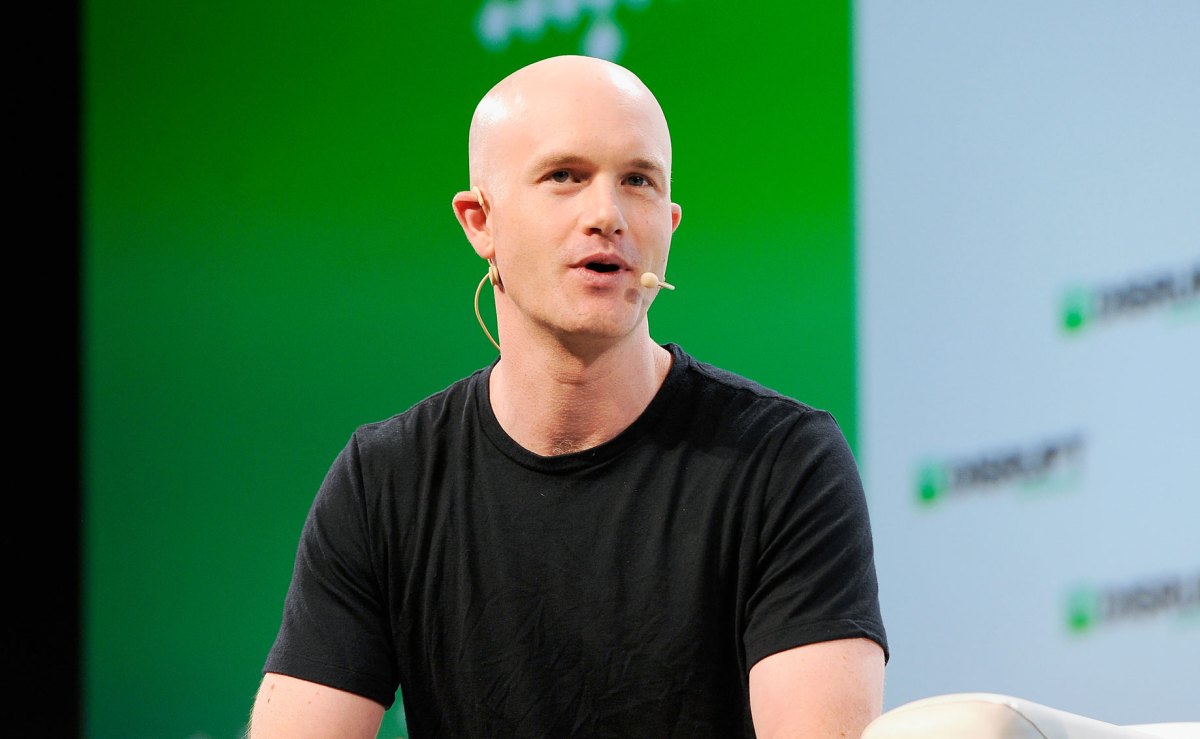India will have 123M electric vehicles by 2032: Report
This rapid growth has been fuelled by supportive government policies, such as the FAME-II scheme, which offers demand incentives for electric vehicles, along with capital subsidies for public charging infrastructure.
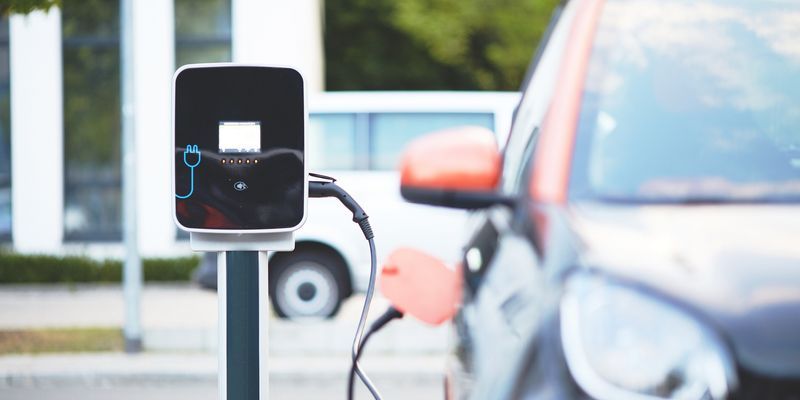

India will have 123 million electric vehicles on the road by 2032 under the best-case scenario, said a report by India Energy Storage Alliance and Customised Energy Solutions released on Tuesday.
In a significant move towards sustainable development and to achieve net-zero emissions by 2070, there is a need to adopt electric vehicles (EVs). This can bolster India’s economy while supporting the ambitious target set for 2030—EV penetration of 30%, the report said.
This rapid growth has been fuelled by supportive government policies, such as the FAME-II scheme, which offers demand incentives for electric two-wheelers, three-wheelers, and four-wheelers, along with capital subsidies for public charging infrastructure.
This aligns with the National EV Targets (NEV) scenario, highlighting the nation's commitment to boosting sustainable transportation and reducing carbon emissions, it stated.
The NEV scenario is based on the EV30@30 ambition, assuming that by 2030, EV penetration reaches 80% for electric two and three-wheelers, 30% for private electric four-wheelers, 70% for commercial cars, and 40% for electric buses—fully aligning with NITI Aayog’s vision for transport electrification.
The report, titled "India Electric Vehicle Charging Infrastructure Market Overview," outlines the potential impact of this transition on the country's infrastructure and energy landscape.
It further highlighted that electric two and three-wheelers together accounted for over 93% of India's on-road EV stock in 2024.
In contrast, electric four-wheelers represented around 6%, while electric buses and trucks comprised less than 1%.
Notably, the personal electric four-wheeler (E4W) segment has emerged as a key driver of the country's expanding private and home charging ecosystem.
Vinayak Walimbe, Managing Director of CES, said, "By 2032, IESA and CES projects that India’s on-road EV stock could reach approximately 49 million (worst case), 60 million (business-as-usual), or 123 million (NEV scenario)."
According to the report, in 2024, there were approximately 220,000 personal electric four-wheelers (E4Ws) on the road, most of which depended on Type-2 AC chargers installed in residential areas.
By that same year, India had an estimated 320,000 private Type-2 AC chargers, with 70% being 3.3 kW units, 28% 7.4 kW units, and the remaining 11-22 kW units classified as high-capacity, it stated.
India had roughly 76,000 cumulative public and captive charging points in 2024, with a combined installed capacity of 1.3 GW.
Debmalya Sen, President of IESA, said, "To support the projected EV growth, we can anticipate that India’s cumulative installed EV charging points—public and captive—will need to grow nearly 12 to 28 times, from around 76,000 in 2024 to between 0.9 million and 2.1 million by 2032. Installed charging capacity must also scale more than 17 times, rising from 1.3 GW to 23 GW, depending on EV adoption and infrastructure utilisation levels."
By 2032, the projected stock is expected to reach approximately 4.3 million, 5.8 million, and 10 million electric four-wheelers under the worst case, business as usual (BAU), and NEV scenarios, respectively. In addition, electric buses and trucks could grow to around 450,000, 750,000, and 1.1 million units.
These two segments are crucial drivers of demand for both captive and public charging infrastructure, particularly for high-power DC fast charging.
With strategic investments and policy support, India is set to emerge as a leader in electric mobility, fostering both environmental sustainability and economic growth, it stated.




































































































































































![[The AI Show Episode 146]: Rise of “AI-First” Companies, AI Job Disruption, GPT-4o Update Gets Rolled Back, How Big Consulting Firms Use AI, and Meta AI App](https://www.marketingaiinstitute.com/hubfs/ep%20146%20cover.png)


















































































































































































.jpg?width=1920&height=1920&fit=bounds&quality=70&format=jpg&auto=webp#)























































































_Brian_Jackson_Alamy.jpg?width=1280&auto=webp&quality=80&disable=upscale#)

_Steven_Jones_Alamy.jpg?width=1280&auto=webp&quality=80&disable=upscale#)


 Stolen 884,000 Credit Card Details on 13 Million Clicks from Users Worldwide.webp?#)


































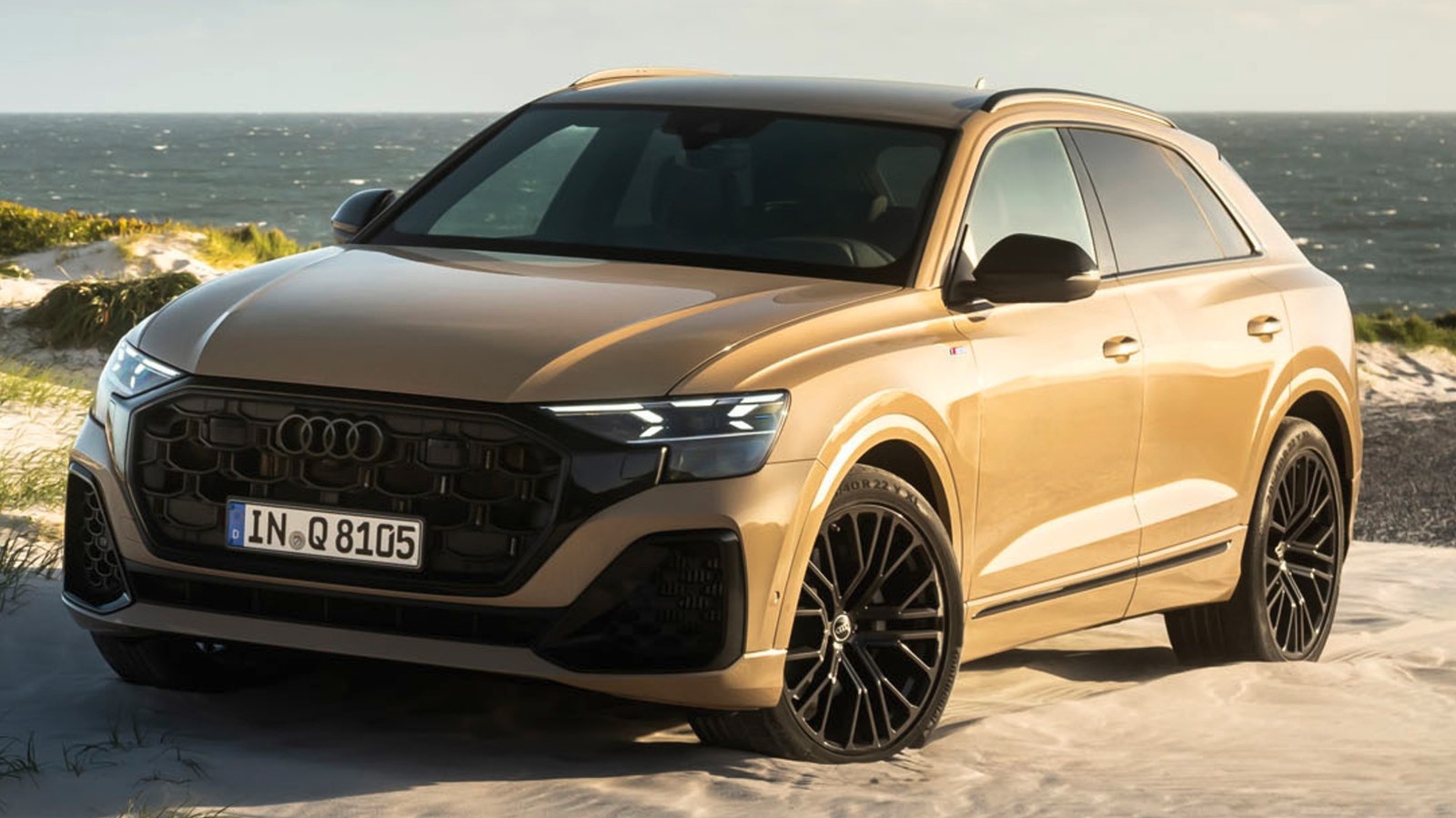






































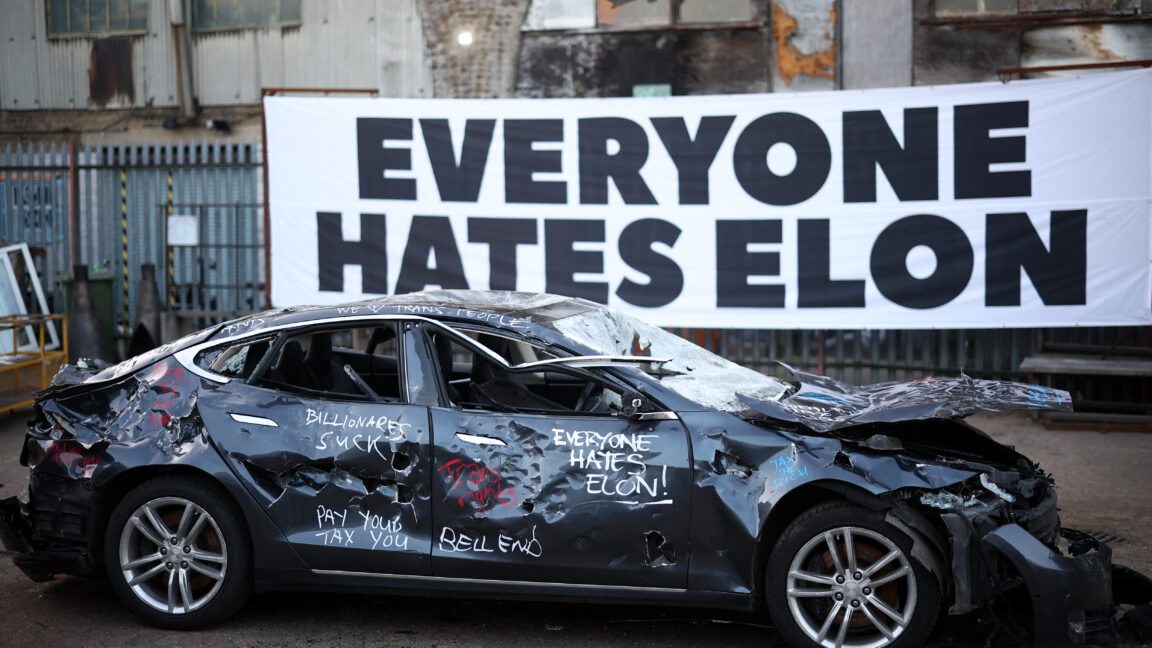
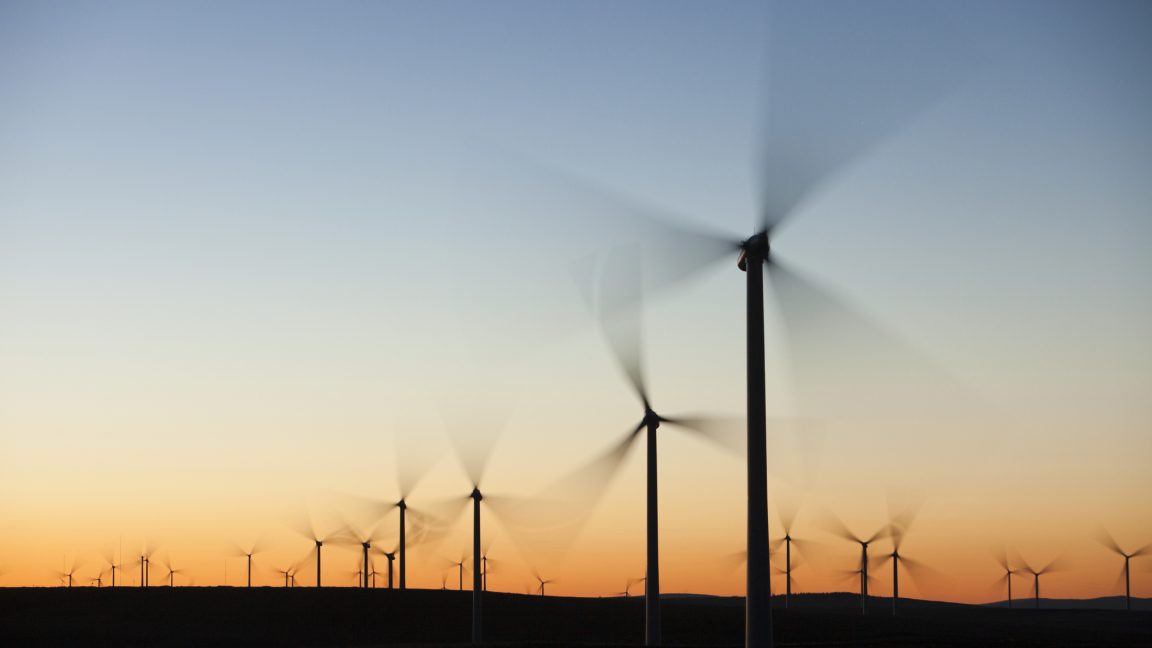







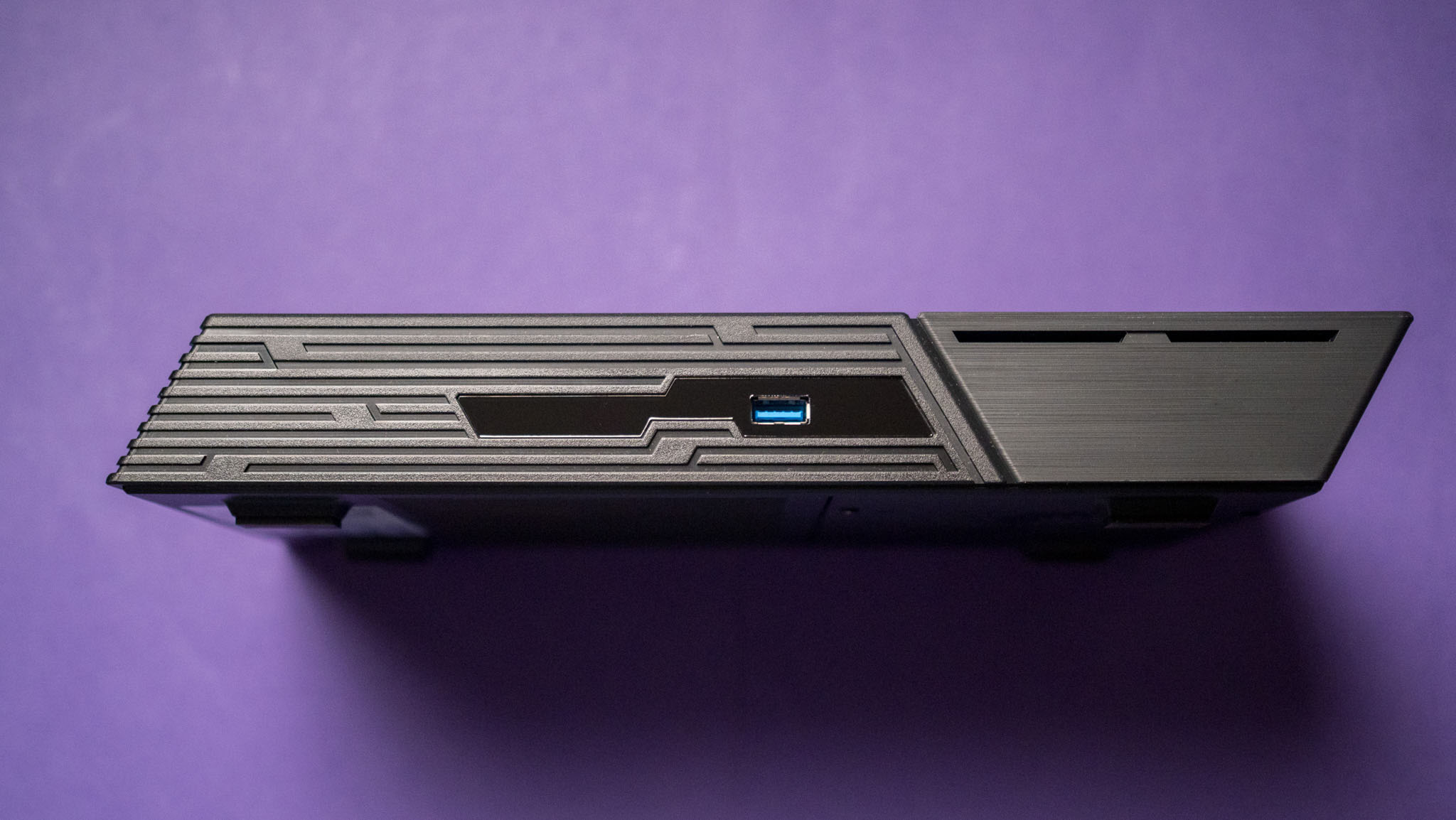





















![Google Mocks Rumored 'iPhone 17 Air' Design in New Pixel Ad [Video]](https://www.iclarified.com/images/news/97224/97224/97224-640.jpg)

![Apple Shares Official Teaser for 'Highest 2 Lowest' Starring Denzel Washington [Video]](https://www.iclarified.com/images/news/97221/97221/97221-640.jpg)
































































